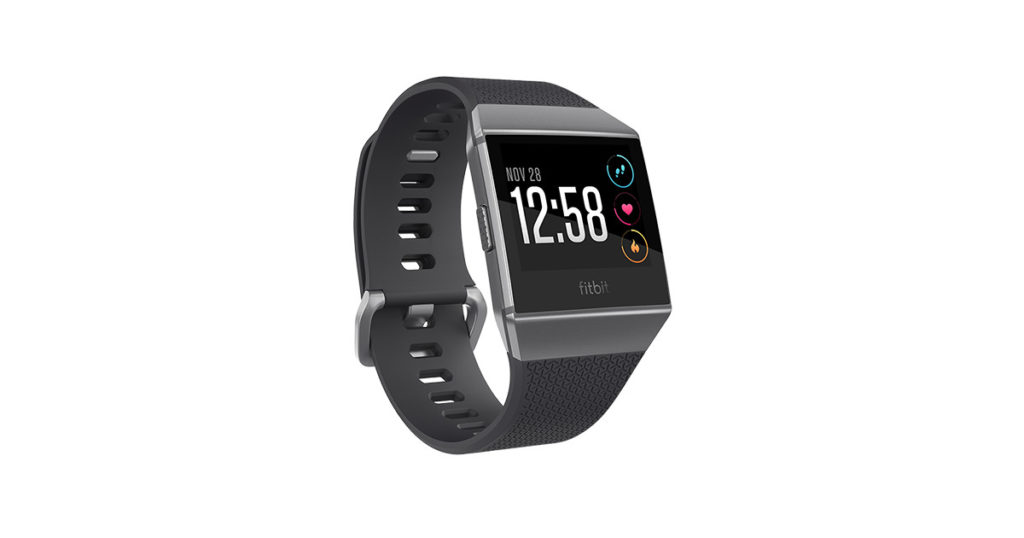The world is growing increasingly connected and mobile, and things are no different in the industry of wearables, where the global market is on an upward trend.

According to recent data from the International Data Corporation (IDC) Worldwide Quarterly Wearable Device Tracker, total volumes for the fourth quarter of 2017 reached 37.9 million units, up 7.7% from the 35.2 million units shipped in the same quarter of 2016. For the entirety of 2017, total wearable device shipments reached 115.4 million units, up 10.3% from the 104.6 million units shipped in 2016.
One Manufacturer Enters, Another Leaves
However, there is more to those figures than a general upward trend. According to Ramon T. Llamas, research director for IDC’s Wearables team, the 10.3% year-over-year growth in 2017 is a decline from the 27.3% growth in 2016. “The slowdown is not due to a lack of interest — far from it,” he said. “Instead, we saw numerous vendors, relying on older models, exit the market altogether.” One particular example is the Moto 360 in 2014, considered by some reviewers to be the best Android Wear watch on the market at the time.

Image Credit: Huawei
While Motorola released a second generation watch in 2015, Motorola abandoned the product altogether. Another partial example is the Huawei Watch, released in 2016, with a second-generation device released in 2017. While a third-gen Huawei Watch is in the works, Richard Yu, CEO of Huawei, stated that since the second-generation Watch is selling so well, there is no need to rush for the third generation.
The Manufacturers Driving Wearables’ Growth
Llamas said that while some vendors have abandoned the market, it has created unique opportunities for other vendors. “The remaining vendors – including multiple start-ups – have not only replaced them, but with devices, features, and services that have helped make wearables more integral in people’s lives. Going forward, the next generation of wearables will make the ones we saw recently as 2016 look quaint.”
Thanks to the Apple Watch shifting 8 million units in the fourth quarter of 2017, Apple has found itself at the top of the wearables market for the first time, after spending several quarters hot on the heels of Fitbit and Xiaomi. Apple is seizing the market at the right time, with many users of basic wearables moving onto smartwatches and cellular connectivity, introduced on the third generation Apple Watch in 2017. The Apple Watch Series 3 is earning a warm reception among users, if only for the convenience of leaving their smartphone behind.

Image Credit: Fitbit
Meanwhile, Fitbit, having released its Ionic smartwatch with its proprietary Fitbit OS platform, has taken multiple steps to deepen its reach in healthcare, including partnership with Dexcom and United Healthcare. Fitbit is also participating in the FDA’s precertification program and the National Institutes of Health’s Precision Medicine Research Program.
Xiaomi’s shipments decreased slightly, relying on its nearly two-year-old Mi Band 2 to lead global sales. Nevertheless, the Beijing-based company introduced the MiBand HRX, smart footwear called the Mijia Smart Shoes, and a children-focused wearable, the Mitu Kits’ Watch 2. While Xiaomi is among the world’s leading companies in wearables, its focus has been mainly in China, with less than 15% of its volume heading elsewhere.
Last, but surely not least, Huawei managed that have the largest growth as its third-generation wrist bands have continued to gain popular in China, becoming the second biggest wearables maker in China. The company’s success with wearables comes as a contrast to the Shenzhen-based company’s executive Eric Xu Zhijun’s remarks, saying that there is no need for smartwatches when there are smartphones. Like Xiaomi, the majority of Huawei’s market is in China, and if the last-minute breaking of Huawei’s deal with AT&T and Verizon are of any indication, Huawei will continue to face challenges in expanding its products beyond China for some time.
Conclusion
Wearables have grown significantly in the past year.

While some major players, like the Moto 360, have left the market altogether, the vacuum left by these manufacturers has allowed other manufacturers to rise to the top. Thanks to the success of the Apple Watch, with its third- generation product allowing for cellular connectivity independent of a connected iPhone, Apple has now secured the top position in the wearables market, while Fitbit is diversifying its brand and expanding into the healthcare field. Meanwhile in China, Xiaomi and Huawei are dominating the world of wearables, even though the former is relying on old products to drive sales and the latter’s executive board have conflicting views over the use of wearables. Wherever wearables, they are certainly here to stay.
